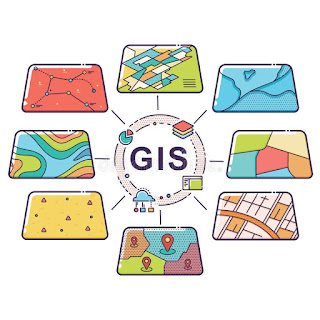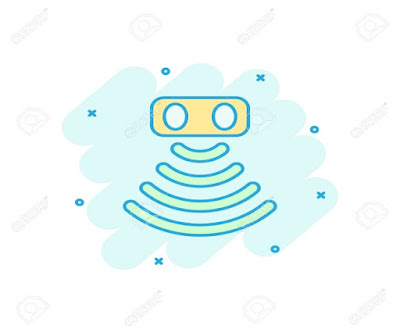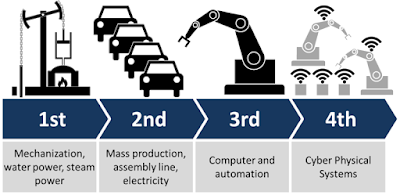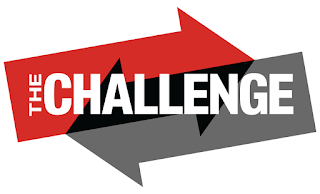SISTEM INFORMASI DALAM SIKLUS PENDAPATAN
Kontributor : Robby Kurniawan Apakah siklus pendapatan itu? Siklus pendapatan merupakan serangkaian aktivitas bisnis terkait pemrosesan transaksi secara berulang-ulang mengenai pemberian barang/jasa pada pelanggan dan menerima pelunasan dari pemberian barang/jasa tersebut. Barang/jasa yang diberikan haruslah sesuai dengan kesepakatan antara penjual dan pembeli, baik mengenai waktu, tempat maupun harga yang sesuai merupakan aktivitas utama dari kegiatan siklus pendapatan. Romney (2016) menjelaskan fungsi dasar sistem informasi dalam siklus pendapatan, seperti: Memproses data menjadi informasi mengenai berbagai aktifitas bisnis, Menyimpan informasi tersebut yang nantinya akan digunakan sebagai pendukung pengambilan keputusan, dan Mengawasi dan memastikan keandalan informasi terhadap sumber daya perusahaan. Apakah tujuan dari siklus pendapatan? Siklus pendapatan bertujuan untuk mengetahui secara rinci proses diterimanya pendapatan saat terjadi penagihan kas. ...












